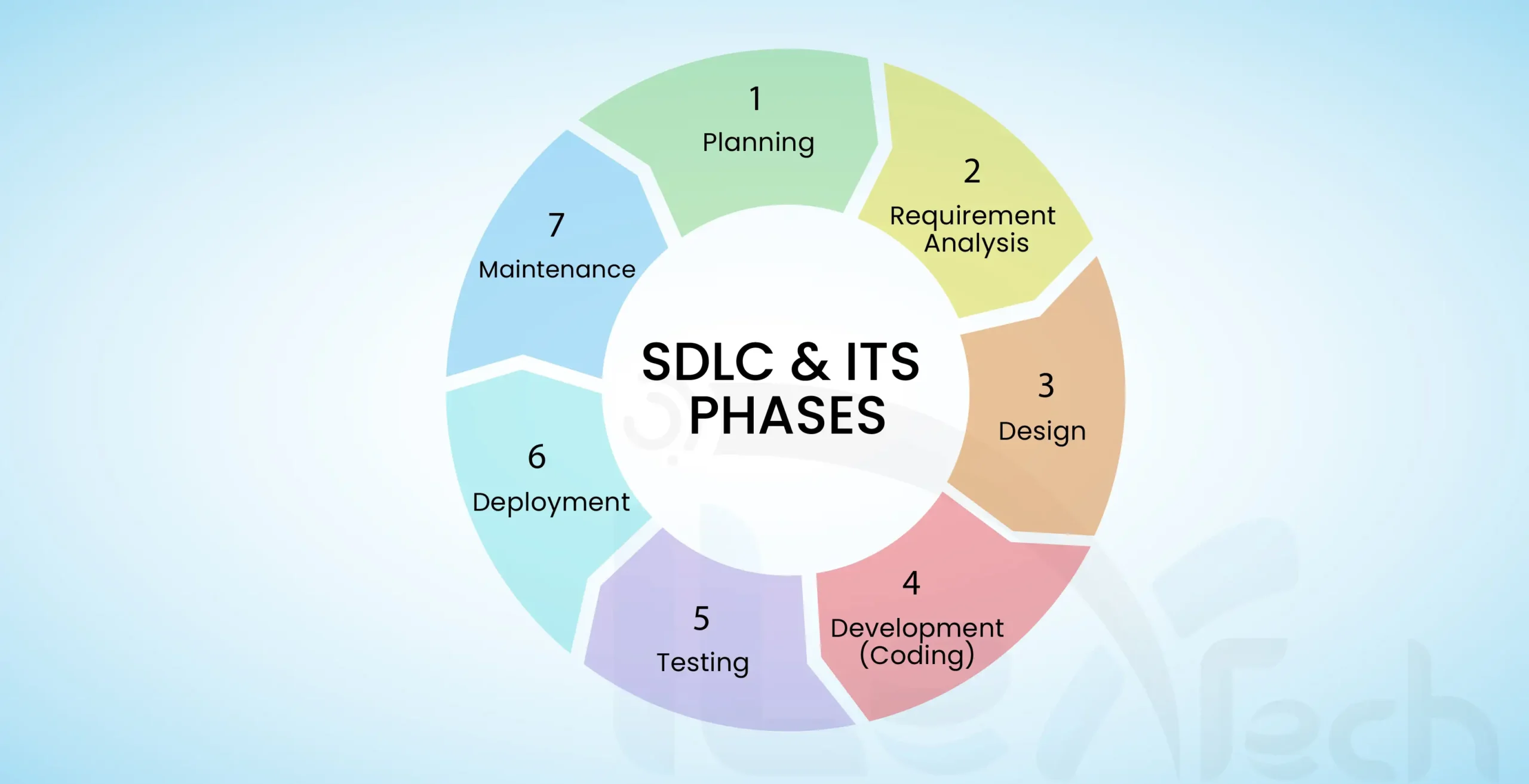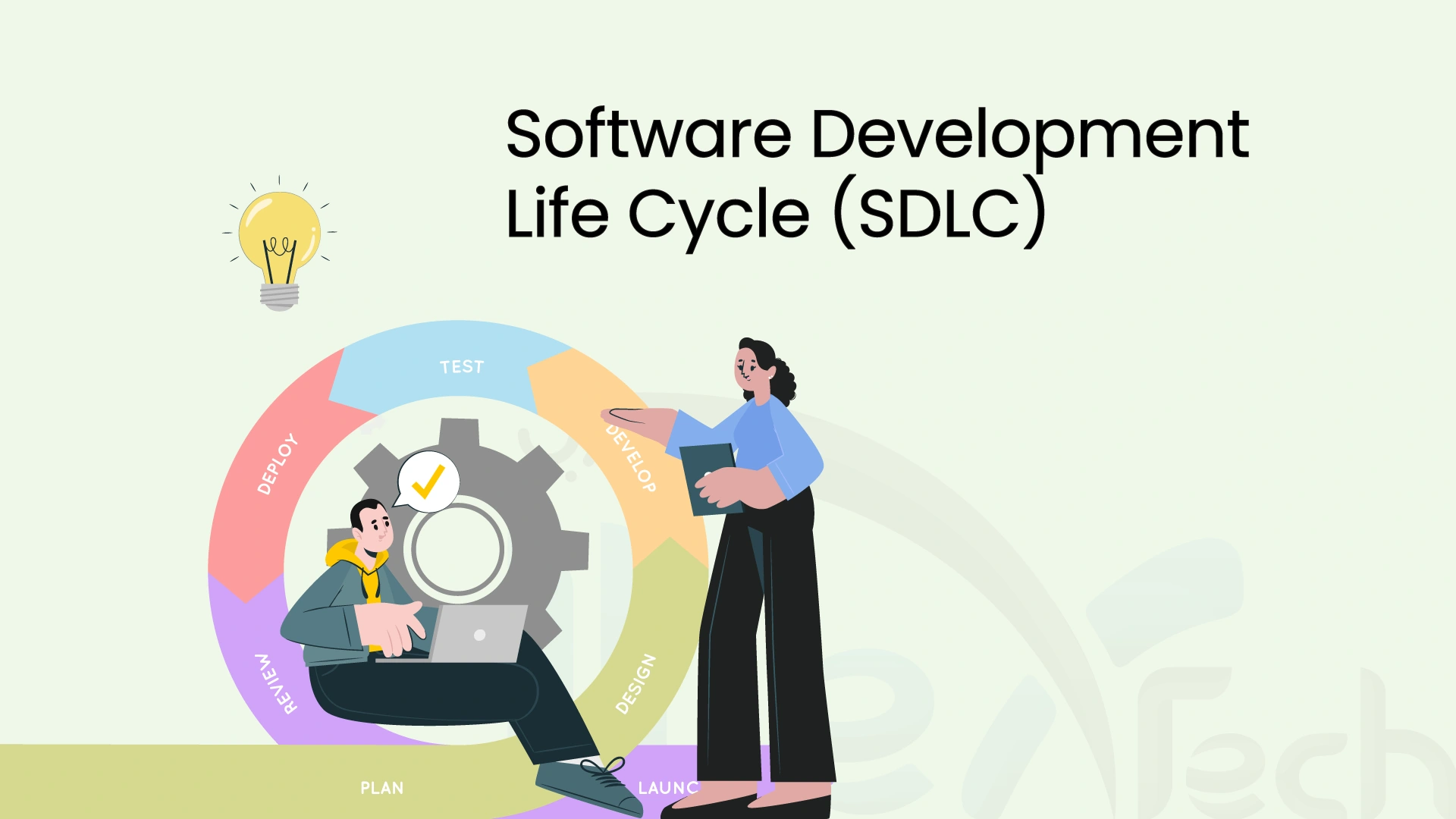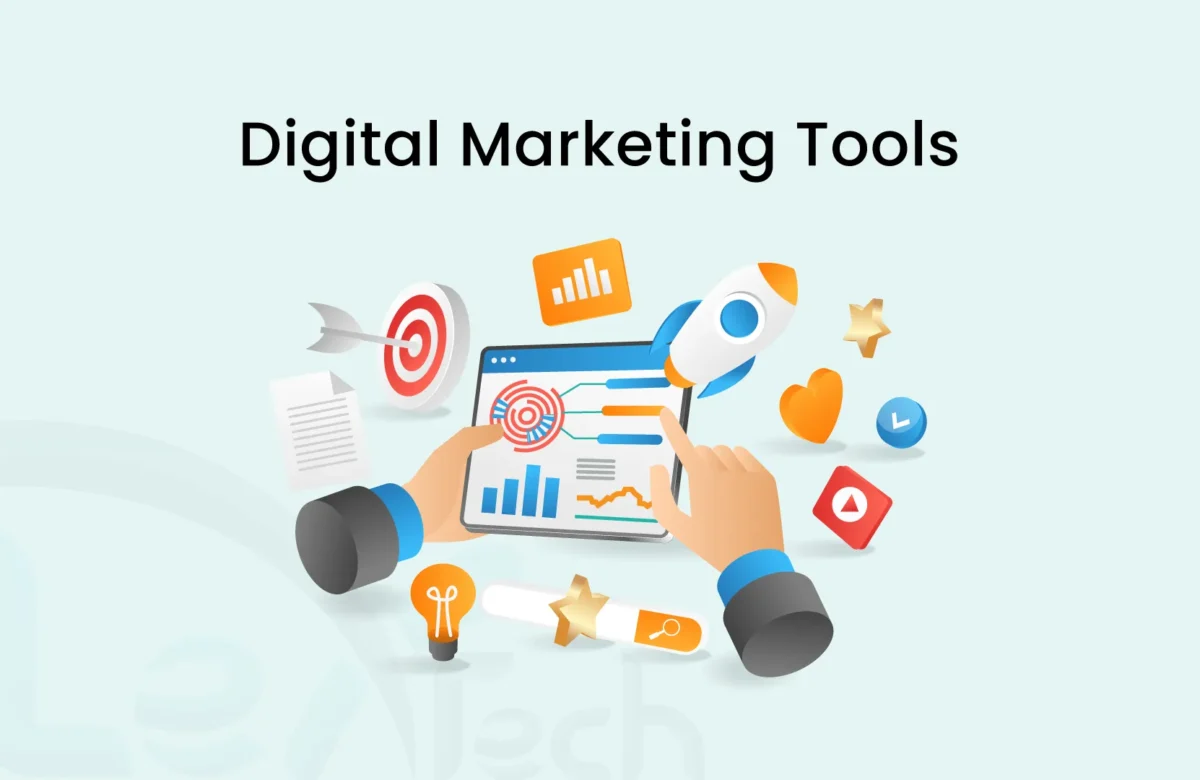Software development is an organized process that takes an idea from concept to completion. By following a structured path, developers can create software that’s reliable, efficient, and user-friendly. The Software Development Life Cycle (SDLC) is a series of steps that guide this process, ensuring each phase is planned, developed, and tested. This guide will explore what SDLC is, its importance, and each phase in detail.
What is the Software Development Life Cycle (SDLC)?
The Software Development Life Cycle (SDLC) is a systematic approach used to develop software. It provides a framework for planning, designing, building, software testing, and deploying software. SDLC helps teams stay organized, meet deadlines, and deliver high-quality software that meets user needs.
The SDLC is crucial because it breaks down complex tasks into manageable steps, allowing developers to focus on one phase at a time. By following this structured approach, teams can avoid errors, reduce costs, and ensure the software aligns with project goals. SDLC is a blueprint for successful software development, guiding every step of the way.

Phases of the Software Development Life Cycle
The SDLC consists of several phases, each with a specific purpose. Let’s explore each phase in detail:
1. Planning
The planning phase is the foundation of the SDLC. In this stage, developers and stakeholders define the project’s goals, scope, and objectives. This phase involves discussions about what the software should achieve, who the users are, and what resources are needed.
During planning, teams also establish a timeline, budget, and risk assessment. This helps everyone involved understand the project’s requirements and anticipate potential challenges. A well-structured planning phase sets a clear path, helping the team avoid delays and stay on track.
2. Requirement Analysis
Once planning is complete, the next phase is gathering and analyzing requirements. This step involves understanding what the software needs to do to meet user expectations. Developers work with stakeholders, users, and business analysts to gather information on features, functionality, and performance requirements.
In this phase, requirements are documented in detail, outlining what the software should include and what it should accomplish. By carefully analyzing requirements, developers can ensure that the final product aligns with user needs and avoids costly changes later in the process.
3. Design
The design phase is where developers create a blueprint for the software. This phase involves designing the software’s architecture, including the database, user interface, and system components. Developers use the requirements gathered to plan how each feature will look and work.
In this phase, teams create prototypes, mockups, and design documents to illustrate how the software will function. The design phase is crucial because it lays out the structure of the software, providing a guide for developers during the coding phase. A well-thought-out design reduces errors and makes coding more efficient.
4. Development (Coding)
The development phase, also known as coding, is where the software starts to take shape. Developers write code to build the features, functionality, and user interface based on the design plan. This is the most intensive phase, as it requires translating design specifications into actual software.
Developers work with programming languages, frameworks, and tools to bring the software to life. Teams may work in smaller modules, coding different parts of the software separately before integrating them. Coding requires attention to detail, as any errors or bugs found later could disrupt the software’s functionality.
5. Testing
Once the software is coded, it goes through the testing phase. Testing is critical to ensure the software works as expected, is free of bugs, and meets quality standards. This phase involves different types of testing, such as unit testing, integration testing, and user acceptance testing.
Testers check each feature, function, and component to find and fix any issues before release. By rigorously testing the software, teams can identify and resolve problems early, ensuring a smooth user experience. Testing is essential for delivering a reliable product and maintaining user trust.
6. Deployment
After passing all tests, the software is ready for deployment. This phase involves releasing the software to a live environment where users can access it. Deployment may include installing the software on user devices, setting up servers, or uploading it to app stores.
In this phase, developers monitor the software closely to ensure it performs well in real-world conditions. Any minor adjustments needed for compatibility or performance are made at this stage. Successful deployment is the result of careful planning and thorough testing, allowing users to benefit from the software.
7. Maintenance
The final phase of the SDLC is maintenance, where developers provide ongoing support, updates, and bug fixes. Software needs regular maintenance to adapt to changes in technology, fix bugs, and improve functionality. Users often request new features or improvements, which are added during this phase.
Maintenance is essential to keep the software relevant and reliable. It ensures the software remains functional, secure, and up-to-date, meeting user needs over time. The maintenance phase is an ongoing process, as software evolves with its users and technological advancements.
Features of the Software Development Life Cycle
The SDLC is structured with key features that make the development process effective. Here are some of its essential characteristics:
- Structured Approach – SDLC provides a clear and organized framework, making complex tasks manageable and easier to execute.
- Phased Process – By breaking down development into phases, SDLC allows teams to focus on specific tasks, reducing the risk of errors.
- Quality Control – Each phase includes testing, review, and verification steps to ensure the software meets quality standards.
- Risk Management – Planning and analysis phases identify potential risks in software development at early stages, allowing teams to address challenges proactively.
- User-Centric – The SDLC keeps user needs at the forefront, ensuring the final product meets expectations and is easy to use.
Applications of Software Development Life Cycle
The SDLC is applied across various fields and industries. Here are some common applications:
- Business and Finance – Used for developing accounting software, banking apps, and transaction management systems.
- Healthcare – Supports medical software, patient record systems, and telemedicine platforms.
- Education – Helps create e-learning platforms, virtual classrooms, and content management systems for schools and universities.
- E-commerce – Used in developing online shopping sites, payment systems, and inventory management tools.
- Entertainment – Supports the development of streaming services, gaming platforms, and content creation tools.
SDLC provides a universal framework adaptable to different industries, making it a valuable tool for software development in any field.
Tools and Latest Trends in Software Development Life Cycle
With advancements in technology, various tools and trends have emerged to enhance the SDLC process. Here are some of the most popular ones:
Tools
- JIRA – A project management tool for tracking tasks, deadlines, and team collaboration.
- GitHub – A version control tool that helps developers manage code changes, track updates, and collaborate on projects.
- Selenium – An automated testing tool that makes testing faster and more efficient.
- Docker – A containerization tool that simplifies deployment and improves scalability.
Trends
- Agile Methodology – Agile model is a flexible approach to SDLC that promotes collaboration, quick iterations, and adaptability.
- DevOps – Combines development and operations teams to improve collaboration and streamline deployment.
- AI in Testing – Artificial intelligence is used to automate and optimize testing, improving accuracy and speed.
- Cloud Computing – Cloud-based development enables remote work, scalability, and easy access to resources.
These tools and trends help developers stay organized, improve productivity, and adapt to the latest advancements in software development.
Role of Software Development Life Cycle in Our Life
The SDLC plays a vital role in creating the software we use every day. It ensures that the applications, websites, and digital tools we rely on are efficient, reliable, and secure. Here are some ways the SDLC impacts our daily lives:
- Enhances Convenience – From online shopping to mobile banking, software developed through the SDLC makes everyday tasks easier.
- Supports Healthcare – Medical software and patient management systems improve healthcare services and patient care.
- Boosts Learning – E-learning platforms and virtual classrooms offer flexible and accessible education options.
- Facilitates Communication – Communication apps like WhatsApp, Skype, and Zoom make it easy to stay connected with others.
- Drives Innovation – The SDLC enables software development companies to create new technologies, pushing the boundaries of what’s possible.
By providing a structured approach, the SDLC allows developers to create software that improves our quality of life in countless ways.
In short we can say that SDLC is an essential process in creating reliable, functional, and user-friendly software. Through well-defined phases, from planning to maintenance, the SDLC ensures that every aspect of development is carefully executed and tested. Whether in healthcare, finance, education, or communication, software built through the SDLC impacts us daily, enhancing convenience, efficiency, and innovation. As technology advances, the SDLC will continue to evolve, shaping the future of software development and our digital world.
FAQs
What are the 7 phases of the SDLC?
The 7 phases of the Software Development Life Cycle (SDLC) are Planning, Analysis, Design, Development, Testing, Implementation, and Maintenance. These steps help guide software projects from concept to completion.
What is the SDLC in a short note?
The SDLC (Software Development Life Cycle) is a structured process used in software engineering to plan, create, test, and deploy software. It ensures project efficiency, quality, and meets user requirements.
Is software development an IT job?
Yes, software development is an IT job focused on creating and managing software applications. It is a key area within the broader field of Information Technology (IT).



